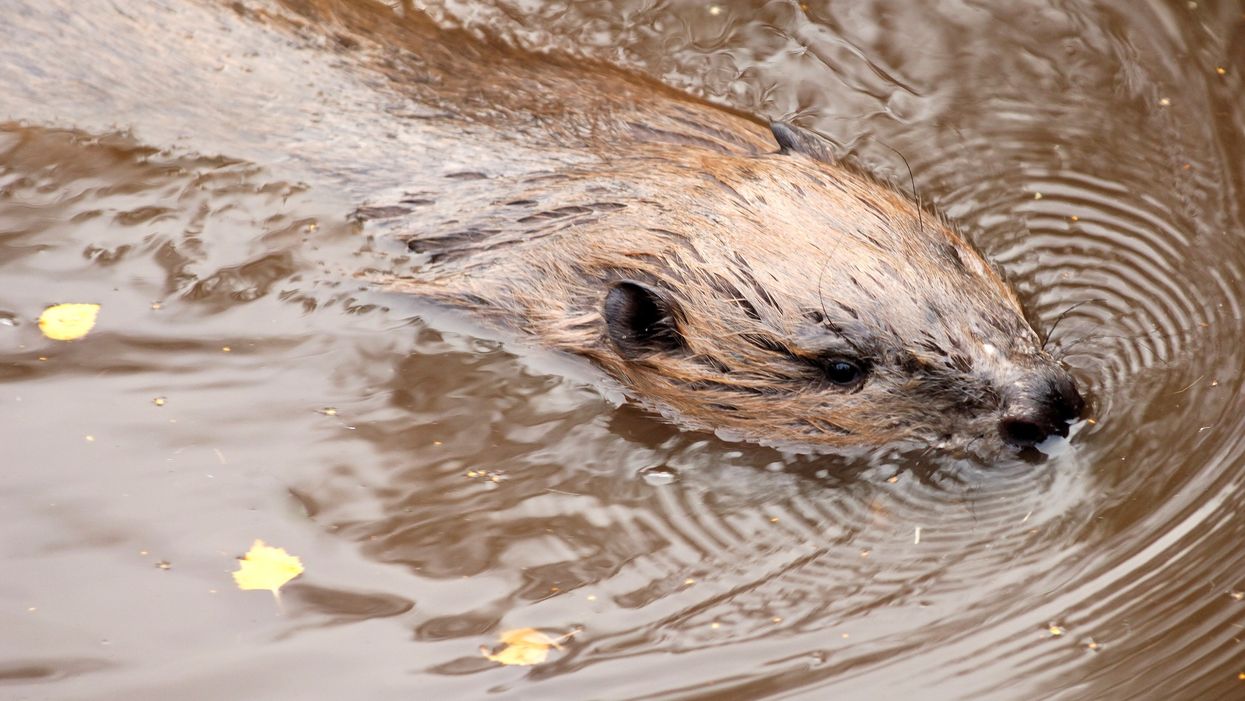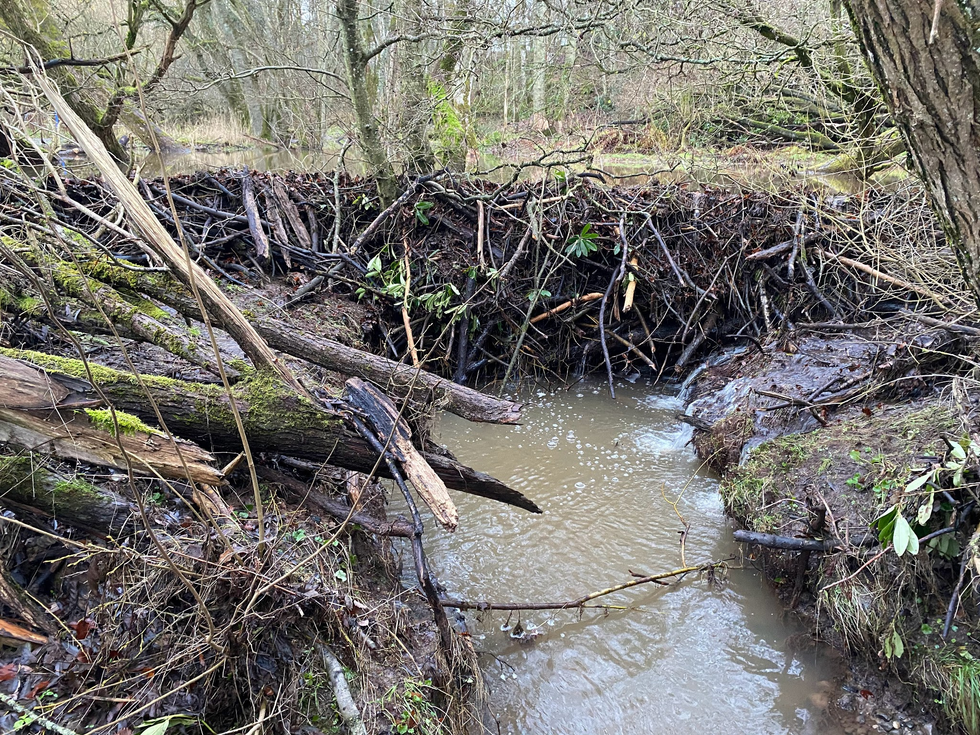
The number of beavers in Scotland has more than doubled in the last three years, according to a new study.
NatureScot, the country’s public body for natural heritage, found about 1,000 of the animals now reside in territories which have also more than doubled to 251.
The range of where these territories are has grown too, from Glen Isla to Dundee and Stirling, Forfar to Crianlarich – and likely to expand into Loch Lomond in the future.
Wildlife is declining in Scotland so this extensive survey, which reveals an increasing beaver population, is great news
Robbie Kernahan, NatureScotRobbie Kernahan, NatureScot director of sustainable growth, said: “Wildlife is declining in Scotland so this extensive survey, which reveals an increasing beaver population, is great news for nature in Scotland.
“Beavers play a vital role in creating and restoring wetlands where other species can thrive, reducing downstream flooding and improving water quality.
“We also hope that many people in Scotland will enjoy spotting these sometimes elusive, but fascinating, animals as they become more common.
“Beavers are nature’s supreme water engineers, but we know they may cause severe problems in some areas, particularly for crops on prime agricultural land and for important infrastructure like road drains or railway lines.
“This is reflected in the number of cases where mitigation measures were needed, such as fencing and flow devices or dam removal, as well as in the number of beavers which had to be trapped and moved or controlled under licence this past year.”
Under species control licences reported to NatureScot in 2020, 31 beavers were trapped and moved to licensed, enclosed reintroduction projects in England; 56 beaver dams were removed; and 115 beavers were culled.
Figures indicated that between May and December 2019, 15 beavers were trapped and moved to Knapdale, Argyll, or trial reintroduction projects in England and 87 beavers were shot by trained and accredited controllers.
The survey was carried out last winter and is said to be the most comprehensive and authoritative survey of beaver numbers and their range ever conducted in Britain.
Experienced surveyors searched for signs of beavers on foot and by canoe, finding 13,204 confirmed signs such as burrows, dams, lodges, scent mounds, canal digging, and tree and crop feeding.
NatureScot worked with Scotland’s “foremost beaver specialist”, Dr Roisin Campbell-Palmer, and experts at the University of Exeter to conduct the survey.
Dr Campbell-Palmer said: “Beavers are recognised as ecosystem engineers with important biodiversity benefits, though some impacts can be challenging alongside certain land-use practices.
“This survey will hopefully provide valuable information to land managers and policy makers seeking to maximise the benefits and minimise the conflicts associated with the return of beavers to our rivers.”
Scottish Greens environment spokesman Mark Ruskell said: “The beaver is an endangered and protected species in Scotland, so it is very encouraging to see signs that its population is growing and spreading. It plays an important role in the ecosystem.
“However, this population growth does not excuse the killing or exporting of more than a tenth of the population last year.
“It’s clear that much more can be done to manage and resolve cases where conflict arises, especially through relocating animals in Scotland to areas where they can thrive, creating eco-tourism opportunities and helping restore wetlands.”
The Scottish Wildlife Trust’s conservation director, Sarah Robinson, said: “We are concerned that lethal control is being carried out routinely, rather than as a true last resort.
“We would like to see greater support for non-lethal measures including flow devices and water gates, alongside continued trials of new techniques.”
The full 2020-21 survey can be found online at https://www.nature.scot/doc/naturescot-research-report-1274-survey-tayside-area-beaver-population-2020-2021.














Jasmine Crockett hits back at JD Vance's 'street girl persona' jibe